Lebowitz and Omer have taken the latest and most relevant scientific research and synthesized it into an essential read for caregivers of anxious children. Treating Childhood and Adolescent Anxiety: A Guide for Caregivers provides an ‘inside look’ at the nuts and bolts of cognitive behavioral therapy (CBT) for childhood anxietythe treatment of choice among leading researchers and experts. The book is filled with analogies, examples, and practical advice that professionals and parents will refer back to over and over again.”
Candice A. Alfano, PhD; Director, Sleep and Anxiety Center for Kids (SACK) Associate Professor, Department of Psychology, University of Houston
PRACTICAL REAL-LIFE SOLUTIONS FOR CHILDREN LIVING WITH ANXIETY
FOCUSING ON THE SPECIAL ROLE OF THE CAREGIVER IN ACHIEVING SUCCESSFUL TREATMENT
Focusing on the treatment of childhood anxiety, both in one-on-one therapist to child treatment and within the family, Treating Childhood and Adolescent Anxiety: A Guide for Caregivers adopts an integrated approach presenting novel strategies to help mental health professionals and families create change and momentum in otherwise stagnant situations.
This empowering guide offers practical, evidence-based, and theory-driven strategies for helping children to overcome anxiety, even if they resist treatment. Uniquely providing concrete advice for both the therapeutic and home environment, this insightful book covers:
- What to do when anxiety takes over the family
- School phobia and school refusal
- Working with highly dependent young adults
- Parental support and protection
- Creating and maintaining family boundaries
- A walk-through of The Supportive Parenting for Anxious Childhood Emotions (SPACE) Program
- Cognitive, behavioral, physiological, and emotion-based tools for treating anxiety
- Medication for childhood anxiety

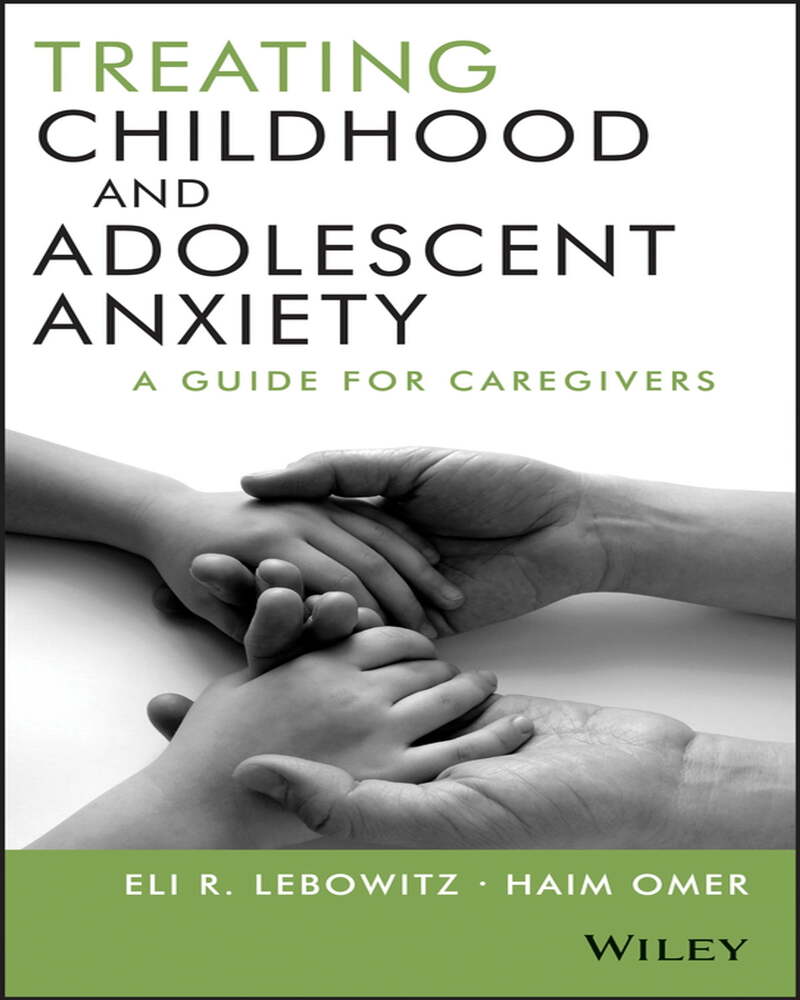
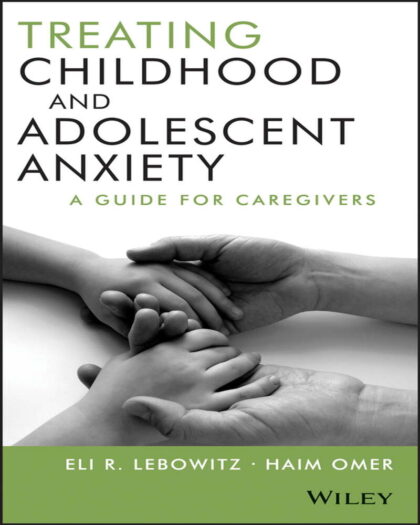
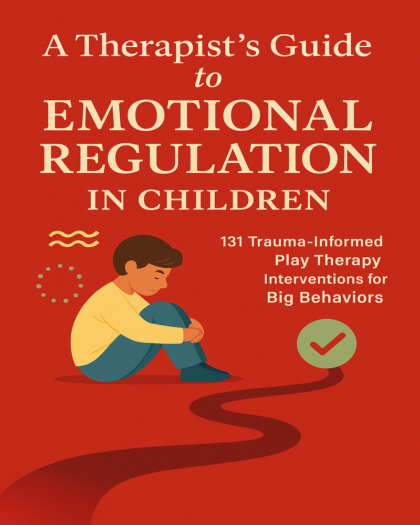
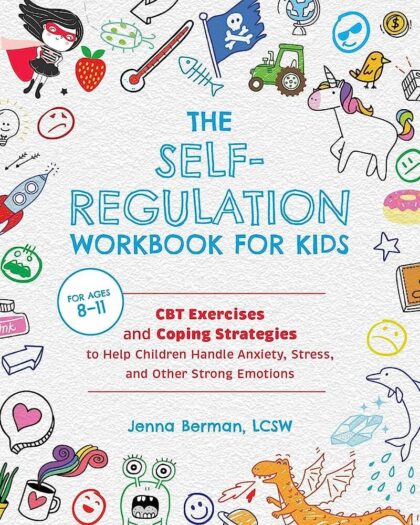
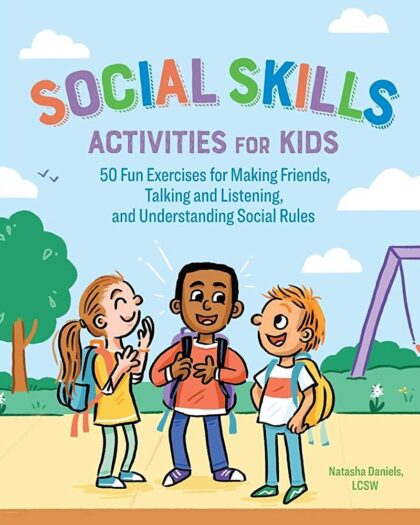



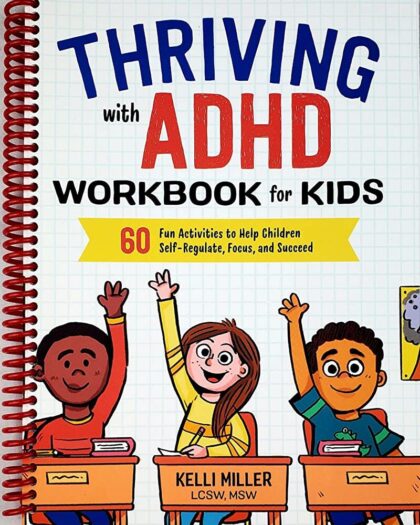
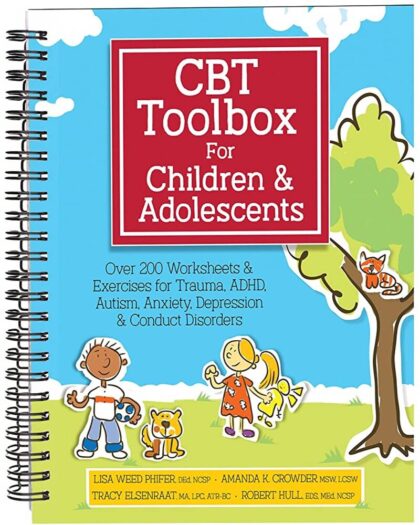
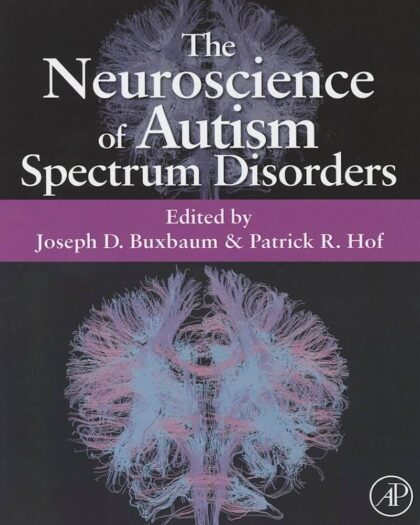

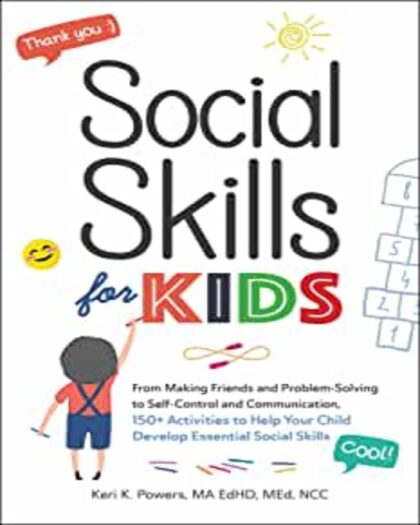
The book can be read cover to cover or used to target and read about particular issues. The author spends extensive time discussion family accommodation, where childhood anxiety can often be exacerbated by the family just trying to cope with the issue. It removes some of the guilt parents may have (did we cause this issue?) and helps them work better together to find a solution.
If you have a kid who might suffer from anxiety or know someone who does, this book provides a great framework for understanding and seeking help in treatment.
Clinicians, mental health workers and others that need an excellent referral book to suggest to parents, family etc would likely find this invaluable.
As a student mid-way through a master's program in professional counseling, I can say that I find the book as well-written, accessible, and helpful as the professional assessments. In fact I have already cited this book in one of my class papers and look forward to using it extensively in one of my upcoming courses. I very much appreciate the authors' integrated and systems approach to childhood and adolescent anxiety as (at least as I see it) childhood anxiety can rarely be properly assessed without considering it within the context of the family system. The authors include two instruments, but before I can comment on them (FASA and CDBS for Pediatric OCD) I will need to do a bit more digging.
As an aside, as one who suffered from the issue under discussion (and still does to some extent), I found the book fascinating and useful from a personal angle (Chapter 9, "Childhood Anxiety & Family Boundaries," was particularly timely for both academic and personal reasons).
I am not well-read enough in the field to say if the book is a welcome addition to the literature, but I have found it wonderful and if nothing else, a great place to start on my journey of learning more on the subject.
5 stars.
(NOTE: this book was provided at no cost for review purposes.)
I liked the strategies offered and I also liked how there is a section on how parents need to be on the same team and have the same boundries. Also, how the parents' relationship can erode if they (we) are not careful.
I found this book personally helpful. For example, Ben will follow me around the house frequently, asking more or less the same question over and over ("Is there thunder? Mom, is there thunder? Did the weather say there will be thunder? Will there be thundershowers this afternoon?"). Previous to reading this, I would answer, ("Nope, no thunder" unless there happened to be thunder, in which case "Well, it's very far away.") over and over and hope he would eventually go away. Appparently the less you respond, the quicker they get over it, and actually responding is kind of reinforcing their fear. So now I say, "Look it up" and walk away. He's still really repetitive, but less so.
Basically, an excellent guide to managing and treating your child's anxiety, and for managing your own response to it.
The sections on family accommodation and boundaries are particularly useful. As a mental health professional, I've seen time and time again the lengths to which families will try to accommodate their child's anxiety, which can lead to secondary problems. The parents of children with anxiety often fear that they caused the problem, so this section can help them to see that, although they did not cause it, they need to be part of the solution. I could definitely imagine having parents read this section to help them understand the situation better and their role.
The treatment outlined in this book is based on solid, empirically-based interventions for child anxiety - mostly cognitive-behavioral therapy (CBT) and related approaches. References are included throughout, documenting the efficacy of the treatment. Of course, there are many books that describe CBT for child anxiety; what sets this one apart is the focus on caregivers. For example, the authors sensitively address the role that parent anxiety may play in the treatment, which I found particularly useful. Brief case studies are sprinkled throughout the text, allowing the reader to see how the treatments work.
I should note that, although this book is subtitled "A guide for caregivers," it is written for mental health professionals working with caregivers of anxious children. I think that this book may not be easily digested by parents without any background in psychology or mental health. For example, the section on 'emotion regulation' begins with this sentence: Self-regulation describes the system by which an individual returns to a state of equilibrium after an event has caused a disruption in some element of functioning. I would not give this book to parents and expect them to be able to read it easily and make the suggested changes; however, I would use it to guide the treatment I do with families. Maybe assigning sections for 'bibliotherapy' may be possible with some parents. Indeed, it contains many useful analogies that I will be using in the future with parents.
For a parent not living with an anxious child, a lot of the book may seem like common sense but Omer and Lebowitz have a true understanding of what families living with such disorders are going through. I especially appreciated the tone of the authors in accepting how very difficult it is for parents to help a child with anxiety. Their assumption that each parent is trying to do their very best to support the child, and their gentle explanations of how this support may actually exacerbate or worsen the problem is very well done indeed. There are too many books that blame without understanding the family dynamics that can make parents feel trapped in a vicious cycle. The book also covers the negative impact of an anxious child on siblings - an issue that oftentimes goes undiscussed.The writing is mostly directed toward therapists or psychologists who would be helping the parents to learn how to help their child. However, there is great value in it for parents who want to help their child and simply do not know how to proceed. A lot of obvious solutions tend to backfire and many therapists will not work on an anxiety disorder until the child is 'ready'. The authors do not demand any sort of 'readiness' on the part of the child, only on the part of the parents.
Part I of the book consists of a detailed discussion of Anxiety, emotional regulation and Family accommodation.
Part II lists and explains cognitive tools, behavioral tools, Physiological tools and Emotion based tools for coping with anxiety. Both Parts I and II are very important reading for helping a parent to reframe their understanding of Anxiety disorders. There is a great deal of sympathy here for both the child as well as the family.
Part III is probably the most helpful section of the book and talks about how the entire family is often unwittingly roped into supporting and accommodating the child's anxiety. The authors detail how Parents can begin the process of undoing the behaviors that the family has become used to. They explain something called the SPACE program - Supportive Parenting for Anxious Childhood Emotions. Basically, it is a step by step process wherein the parents and siblings can disengage themselves from validating and enabling the child's anxiety and move over instead to supporting the child's actively coping and building strategies for dealing with the anxiety.
The authors fully expect an initial complete and total resistance from the child to the program. They explain how to present the change in Familial Accommodation to the child, reactions to expect, how to cope with aggression, how to disengage from the emotional upheaval the child can put parents through and many more important topics. They also emphasize that not every tool will work with every child and so they have included all the tools that might be helpful. There is a section on medications for different types of Anxiety and issues to watch out for with each medication. Another section is devoted to highly dependent adults, aka. adult children the refuse to leave the nest!
I must admit that my child's anxiety is fairly mild compared to some of the disorders discussed in this book. The changes in parenting that we have implemented based on the book are working wonders. However, if my child had issues with aggression, or had OCD or something more severe I might be more hesitant about implementing sudden changes without a therapist or psychologist's assistance. So, in our situation, this was a very helpful book indeed.
I don't have the time to read too many journal articles each year on this particular subject matter so I appreciate every few years obtaining a text such as this one as both a refresher and instruction on treatment methods. The authors describe changes to the disorder of anxiety as it now appears in DSM V, but they explain that those alterations are minor and do not require that they revise their approach to discussing the topic as compared to the DSM-IV classifications.
Many times in reviewing professional books I insert at least one criticism that I believe is relevant, but I have nothing of that type to provide for this text. Overall, I highly recommend this book and I will look for other works by these authors.
It is also a great guide for parents that can follow the proposed treatment on their own. The information is presented in a clear way, with numerous clinical examples and a clear presentation that makes the book easy to use and to read, and very clear.
A great book, highly recommended!
I enthusiastically recommend this book to any clinician, parent or individual who spends time thinking about anxiety disorders. The authors provide an in-depth yet clear picture of what anxiety disorders are and the various approaches taken in the treatment of these disorders. Of particular interest to me was the attention paid to the impact of these disorders on the family. Too often, the individual patient is treated without regard for the family system in which they exist. The authors do an admirable job of exploring not only the anxiety disorders and the identified patient, but other issues that may consequently arise that will surely impact the entire family.
This is a much-needed and wonderfully written book that will provide anyone from graduate students to seasoned professionals with important and practical information on this topic.
Judah Koller, PsyD
Faculty, School of Education
Hebrew University